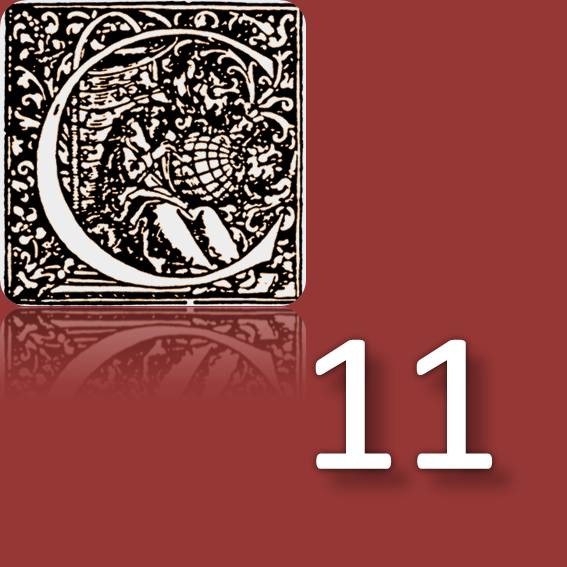A history of a spatial relationship: Kunlun Mountain and the Yellow River source from Chinese cosmography through to Western cartography
Abstract
Kunlun Mountain and the Yellow River belong to the general knowledge one has about Chinese cosmography and geography. Kunlun is a cosmic mountain typologically similar and sometimes identified with Mount Meru and at the same time, the name of a long mountain range in the Western part of China. The Yellow River that crosses its territory from the West to the East has long been the symbol of the Chinese state. I argue that Kunlun mountain range and the Yellow River source below it, as they appear in modern Western maps, are cartographic images imported from Chinese cosmography and cartography. In this paper I try to trace this long and complex process. Kunlun Mountain is characterised by an outstandingly broad range of identifications with real mountains. I suggest that this diversity originates from its shifting cosmological “positions” that varied between specific spatial conceptions or depended on political and ideological needs that differed both between written sources and historical periods. I propose to test this hypothesis by exploring the concept of Kunlun as a location of the Yellow River source. I shall examine the first occurrences of Kunlun as the Yellow River source in early Chinese texts and depictions of Kunlun Mountain and the Yellow River source in Chinese maps. Finally, I shall show how and which cartographic images of the Yellow River source and Kunlun Mountain were transferred to Western cartography.Metrics
Metrics Loading ...
Downloads
Published
2012-04-15
How to Cite
Dorofeeva-Lichtmann, V. (2012). A history of a spatial relationship: Kunlun Mountain and the Yellow River source from Chinese cosmography through to Western cartography. Circumscribere International Journal for the History of Science, 11, 1–31. Retrieved from https://revistas.pucsp.br/index.php/circumhc/article/view/9130
Issue
Section
Original Articles


.png)
